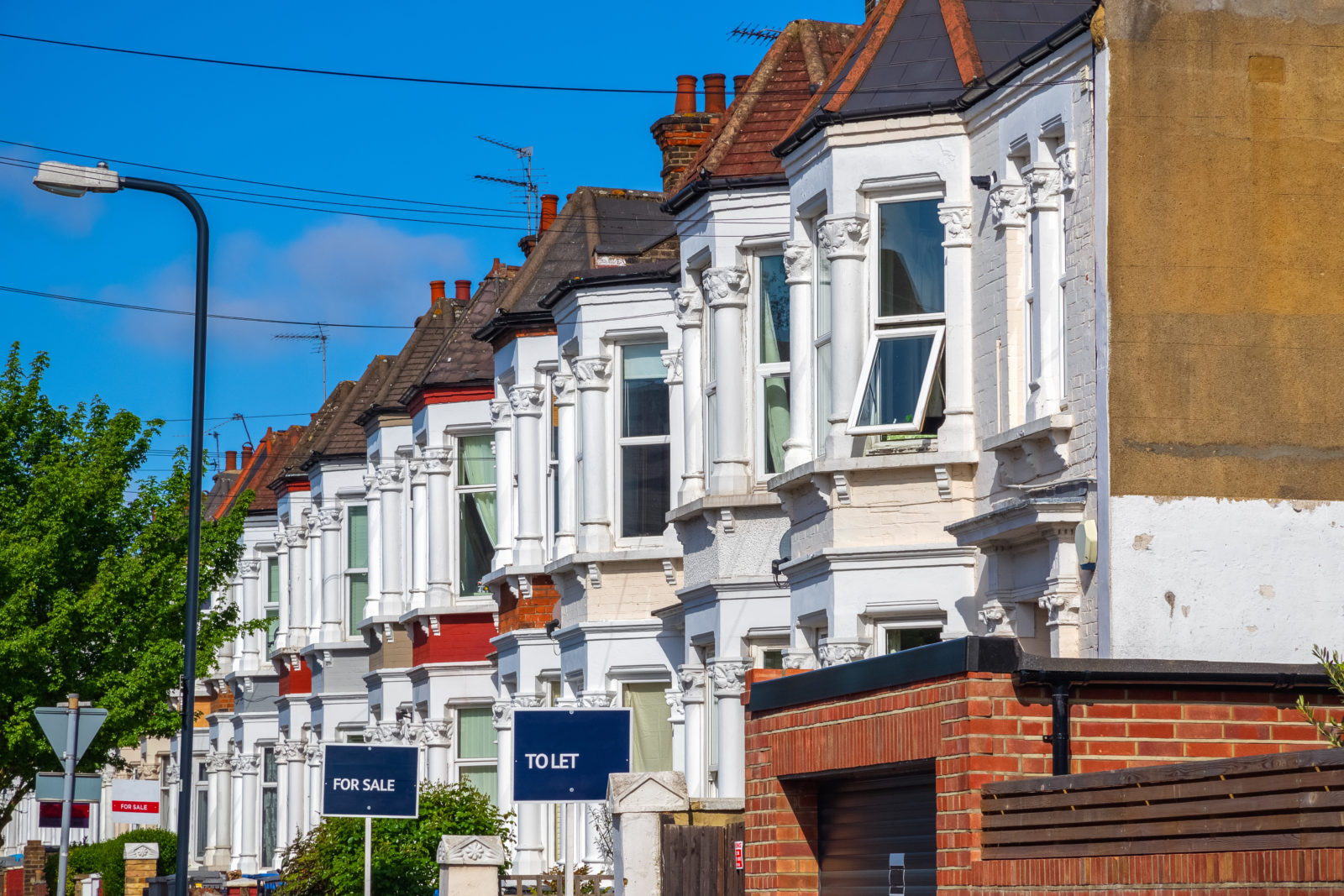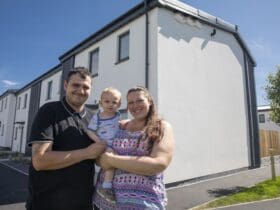For those involved in selling or buying a home, one word that they may run into is conveyancing. But what exactly does it mean?
Conveyancing is the legal process for transferring home ownership from you (the seller) to the buyer. The process of conveyancing starts when you accept an offer for your home and ends when you give the house keys to the buyer. So, what is conveyancing? Conveyancing is usually handled by licensed Conveyancers, most of whom are solicitors.
The process begins once you have an offer for your property. At that point, you need to formally tell your solicitor to initiate the conveyancing process so that the sale of the home can proceed without a hassle.
Selecting your Conveyancer
To decrease delays and help the sale of your home proceed smoothly, it is best to select your Conveyancer as soon as possible. Most experts agree that you should select or have some idea who will be your solicitor when you select your estate agent. Remember, different professionals charge different fees, and you want to get quotes from several of them to ensure that their fees fall within your budget.
Not sure where to turn for help? Consider these possibilities.
- Ask your friends and family members for recommendations.
- Do an online search for solicitors in your area and read reviews.
- Speak to your estate agent for referrals.
- Speak to your lender to see whom they recommend.
- Speak to people who have just sold their homes.
Do not forget, selecting a solicitor is just the beginning; you need to get several quotes on the fee structure, check their credentials, and ensure they have the level of experience you need. Remember, the cheapest is not always the best, and likewise, the most expensive doesn’t always spell better services; you need to find a reasonable Conveyancer, who listens to you and communicates well.
The Conveyancing processes
After you have selected your Conveyancer, you will need to complete a questionnaire about your property, its age, and what items will be included in the sale. At the same time, you will also need to bring along some important documents that are usually required when selling a home.
Forms you may be asked to complete include:
- The TA 6 form is a general questionnaire that asks for information about your home, its boundaries, any complaints and disputes (e.g. noisy neighbours or disputes about the boundary), and any known proposals for the development of railways, highways, buildings, sewage, council tax, etc.)
- If you don’t own the freehold, you should provide additional information on the commonhold or the leasehold).
- The TA 10 will ask for information on which fixtures and fittings you will include in the sale of the property (e.g. refrigerator, heating system, curtains, etc).
- Form TA 13 will ask when you hope to finalise the sale and hand over the keys. Plus, it will ask for details about your Conveyancer. It will also ask if your home is mortgage free or what portion of the loan is still left to be paid to the lender.
As a seller, you are required to complete these forms honestly and to the best of your knowledge. If later it becomes evident that you misrepresented the facts about your home, you could be sued or worse, the buyer may even pull out of the contract.
Draft Contract and Negotiations
The next step in the process is for your Conveyancer to use the information from the above questionnaires to draw up a draft contract. This draft is then submitted to the buyer for approval.
At that point, your conveyancer will continue to communicate with the buyer on your behalf. Typically, they’ll work to decide the date of closure – which usually occurs around two weeks after the exchange of contracts – which fixtures and fittings should be included, and who will be responsible for issues that may appear during the survey process.
Exchanging Contracts and the Day of Completion
The exchange of contracts is the next step, and this is typically handled by your Conveyancer and the buyer’s Conveyancer. Once the contracts have been exchanged, the process is legally binding, so if you or the buyer back out, a lawsuit for breach of contract can occur.
Legally you still own the home until the buyer has paid the full amount for the home, which happens on the day of completion. At that point, you hand over the keys, and the buyer transfers the full purchase price of the home to your Conveyancer. Your Conveyancer will then deduct any remaining mortgage balance, the estate agent’s fees, and his or her own costs. The remaining balance is transferred to your account.
In full, the conveyancing process usually takes between 12 and 16 weeks. Choosing the right Conveyancer, though, can help speed things up a bit and make the entire process stress free.








Leave a Reply
View Comments